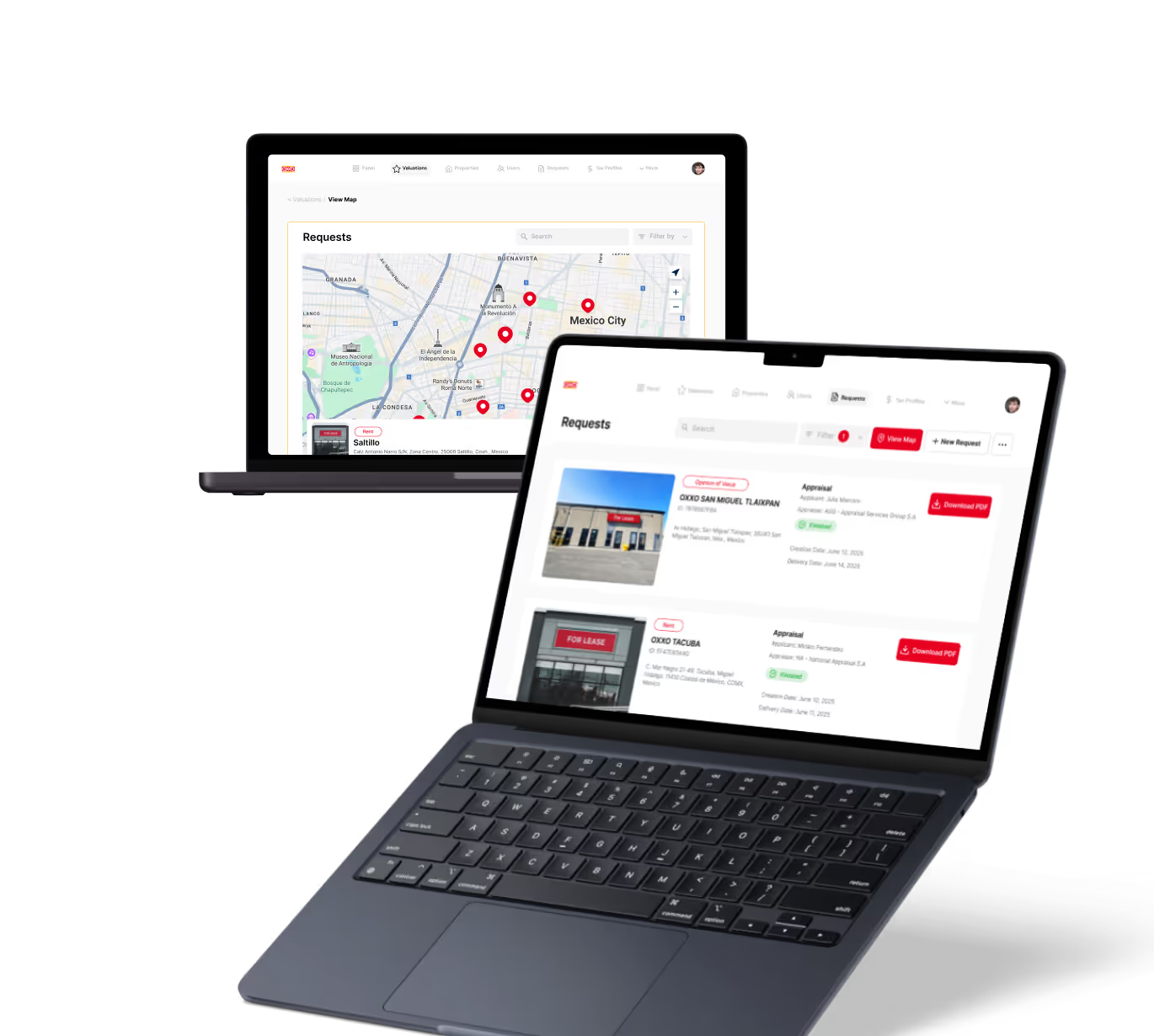Mockup in Product Design
Product Management
Explore how mockups enhance product design by visualizing ideas, improving feedback, and speeding development.
Introduction to Mockups in Product Design
When you start designing a product, seeing your ideas come to life is exciting. A mockup helps you do just that by creating a clear visual of your design before building it. It acts like a bridge between your concept and the final product.
Mockups are essential tools in product design. They let you test how your product will look and feel, making it easier to share your vision with others. This saves time and money by catching problems early.
What Is a Mockup?
A mockup is a static, high-fidelity representation of a product design. Unlike sketches or wireframes, mockups show colors, typography, images, and layout in detail. They give a realistic preview of the final product’s appearance.
Mockups are often used for websites, apps, and physical products. They help designers, developers, and stakeholders understand the look and feel before moving to development.
- Show detailed visual design
- Help gather feedback
- Improve communication between teams
- Reduce costly changes later
How Mockups Fit into the Product Design Process
Mockups come after wireframes and before prototypes. First, you create wireframes to plan structure and layout. Then, mockups add style and detail. Finally, prototypes make the design interactive.
This step-by-step approach helps you focus on one thing at a time. Mockups let you refine the visual design without worrying about functionality yet.
- Wireframe: Basic layout and structure
- Mockup: Visual design and style
- Prototype: Interactive experience
Benefits of Using Mockups in Product Design
Mockups offer many advantages that improve your design process and final product quality. Here are some key benefits:
- Clear Visualization: See exactly how your product will look.
- Better Feedback: Stakeholders can give precise input on colors, fonts, and images.
- Faster Decisions: Visuals speed up approvals and reduce misunderstandings.
- Cost Savings: Fix design issues early before development starts.
- Improved Collaboration: Teams work together with a shared vision.
Popular Tools for Creating Mockups
Several no-code and low-code tools make creating mockups easy and efficient. These platforms help you design without deep technical skills.
- Figma: Cloud-based design tool with real-time collaboration.
- Adobe XD: Powerful for UI/UX mockups with prototyping features.
- Sketch: Mac-only tool popular for detailed mockups.
- Canva: Simple drag-and-drop tool for quick mockups.
- Balsamiq: Focuses on wireframes but supports mockup creation.
For product designers working with no-code platforms like Bubble or Glide, integrating mockups helps align design and development smoothly.
How to Create Effective Mockups
Creating a good mockup involves clear steps to ensure it communicates your design well. Here’s a simple process you can follow:
- Start with Wireframes: Outline the structure and layout.
- Choose Your Style: Pick colors, fonts, and images that match your brand.
- Use Design Tools: Build your mockup using tools like Figma or Adobe XD.
- Focus on Details: Add icons, buttons, and text to make it realistic.
- Get Feedback: Share with your team or clients and make improvements.
Remember, mockups are about appearance, not functionality. Keep them simple but detailed enough to guide development.
Real-World Examples of Mockups in Product Design
Many companies use mockups to improve their product design process. For example, a startup building a mobile app might create mockups in Figma to show investors the app’s look. This helps secure funding by making the idea tangible.
Another example is an e-commerce site using Adobe XD mockups to test different layouts and colors. They gather customer feedback before coding the site, saving time and improving user experience.
No-code platforms like Glide allow designers to import mockups and turn them into working apps quickly. This speeds up the launch and lets you test your product with real users.
Common Mistakes to Avoid When Using Mockups
While mockups are powerful, some pitfalls can reduce their effectiveness. Avoid these common mistakes:
- Overloading Details: Too much information can confuse viewers.
- Ignoring User Feedback: Mockups should evolve based on input.
- Skipping Wireframes: Jumping straight to mockups can waste time.
- Confusing Mockups with Prototypes: Remember mockups are static visuals.
- Using Low-Quality Images: This can make your design look unprofessional.
Conclusion: Why Mockups Matter in Product Design
Mockups are vital tools that bring your product ideas to life visually. They help you communicate clearly, gather feedback, and avoid costly mistakes. By investing time in creating good mockups, you set your project up for success.
Whether you’re designing an app, website, or physical product, mockups make your vision real. Using the right tools and following best practices will improve your design process and help you build products that users love.
FAQs
What is the difference between a mockup and a prototype?
Why are mockups important in product design?
Which tools are best for creating mockups?
Can no-code platforms use mockups effectively?
How detailed should a mockup be?
What common mistakes should I avoid when creating mockups?
Related Terms
See our numbers
315+
entrepreneurs and businesses trust LowCode Agency
Investing in custom business software pays off
We were managing property valuations across multiple brands, and the complexity was overwhelming our traditional processes. Every day of delay in property evaluation meant potential lost revenue and competitive disadvantage.
15,000+
property valuations managed through centralized platform
40%
reduction in valuation processing time

J.Antonio Avalos
,
Product Manager Lead
OXXO



%20(Custom).avif)